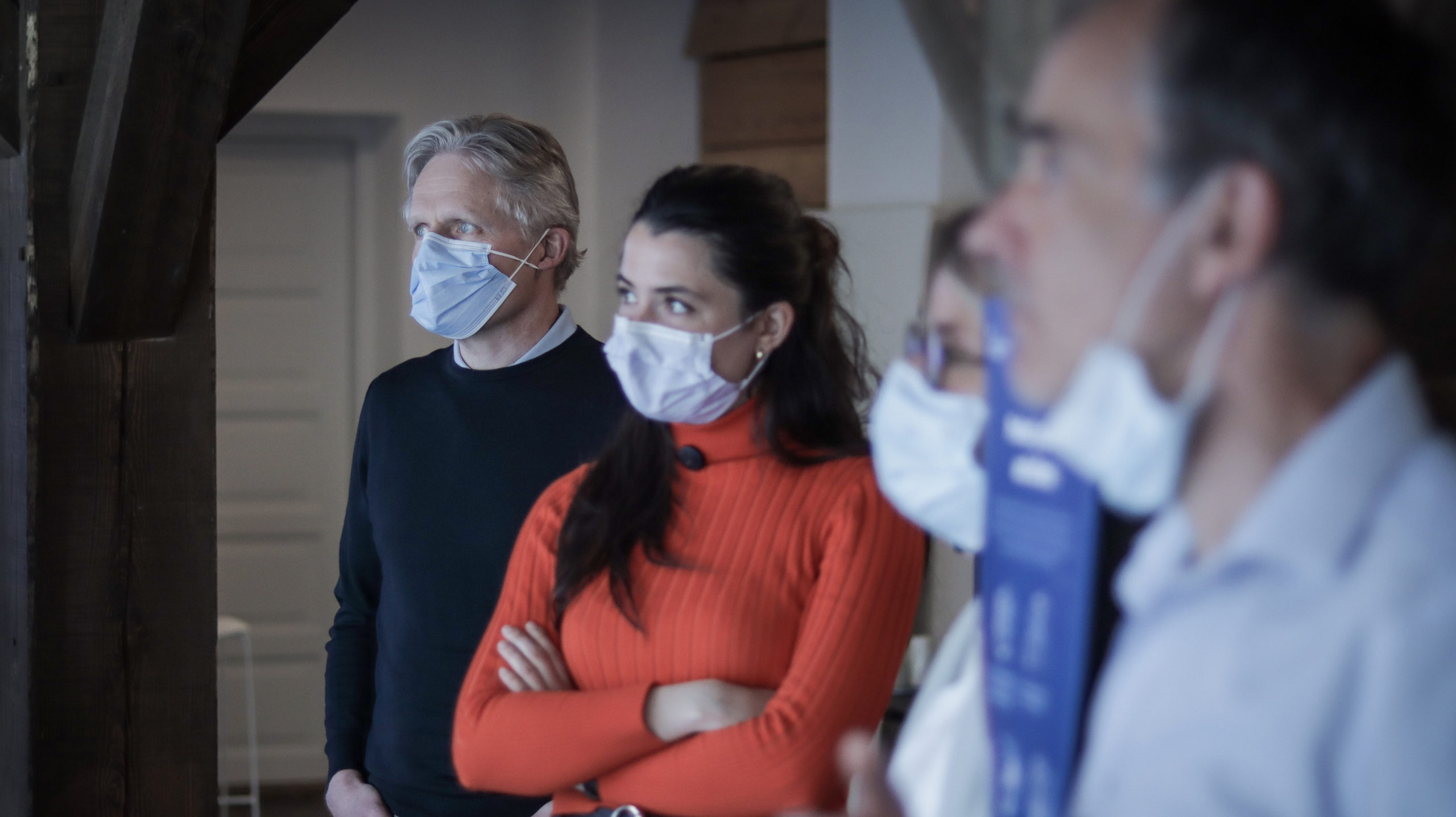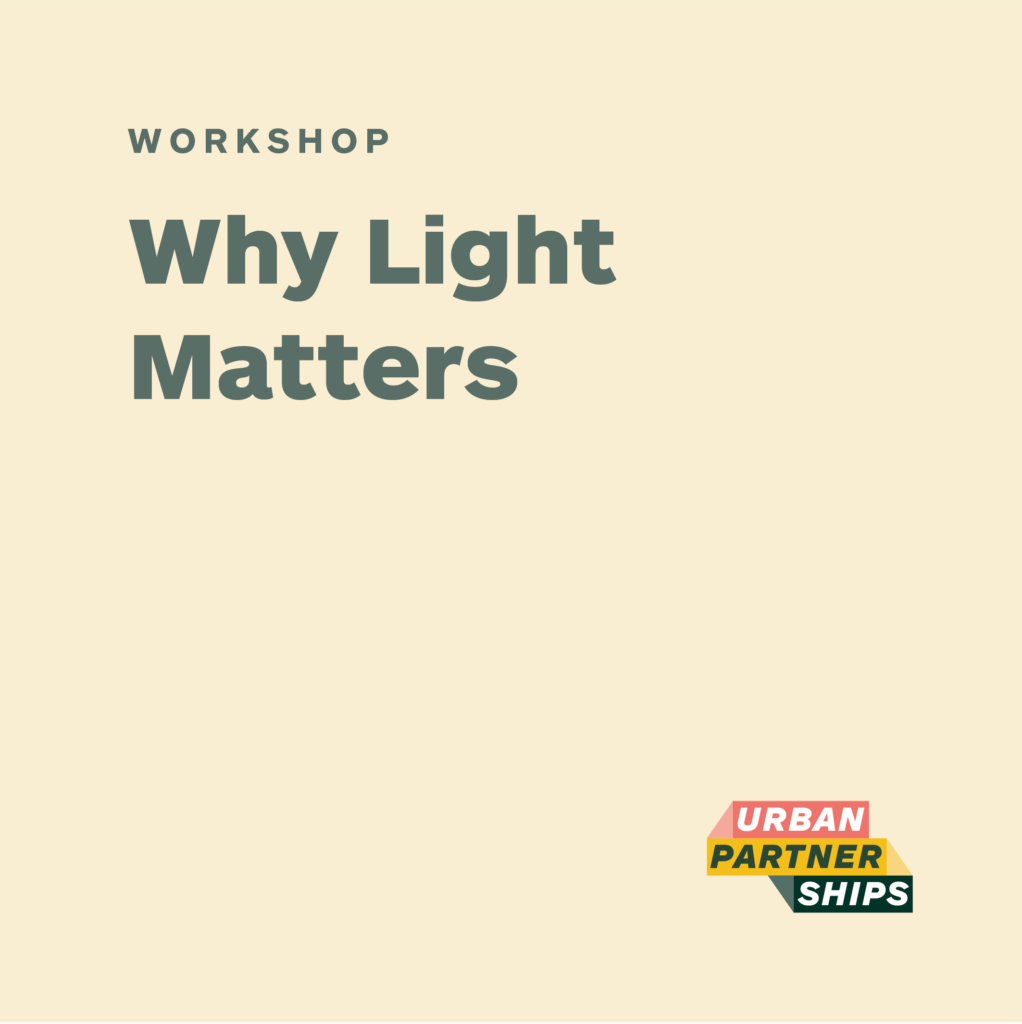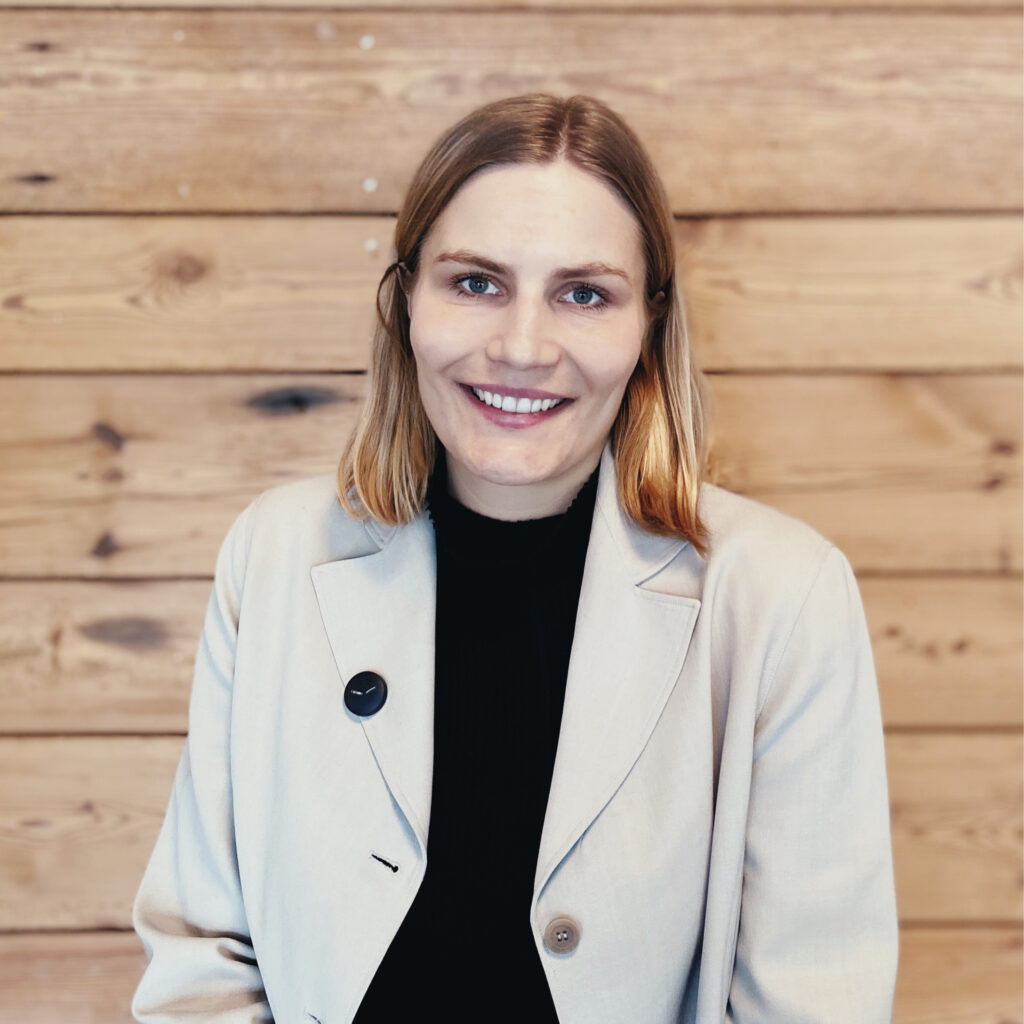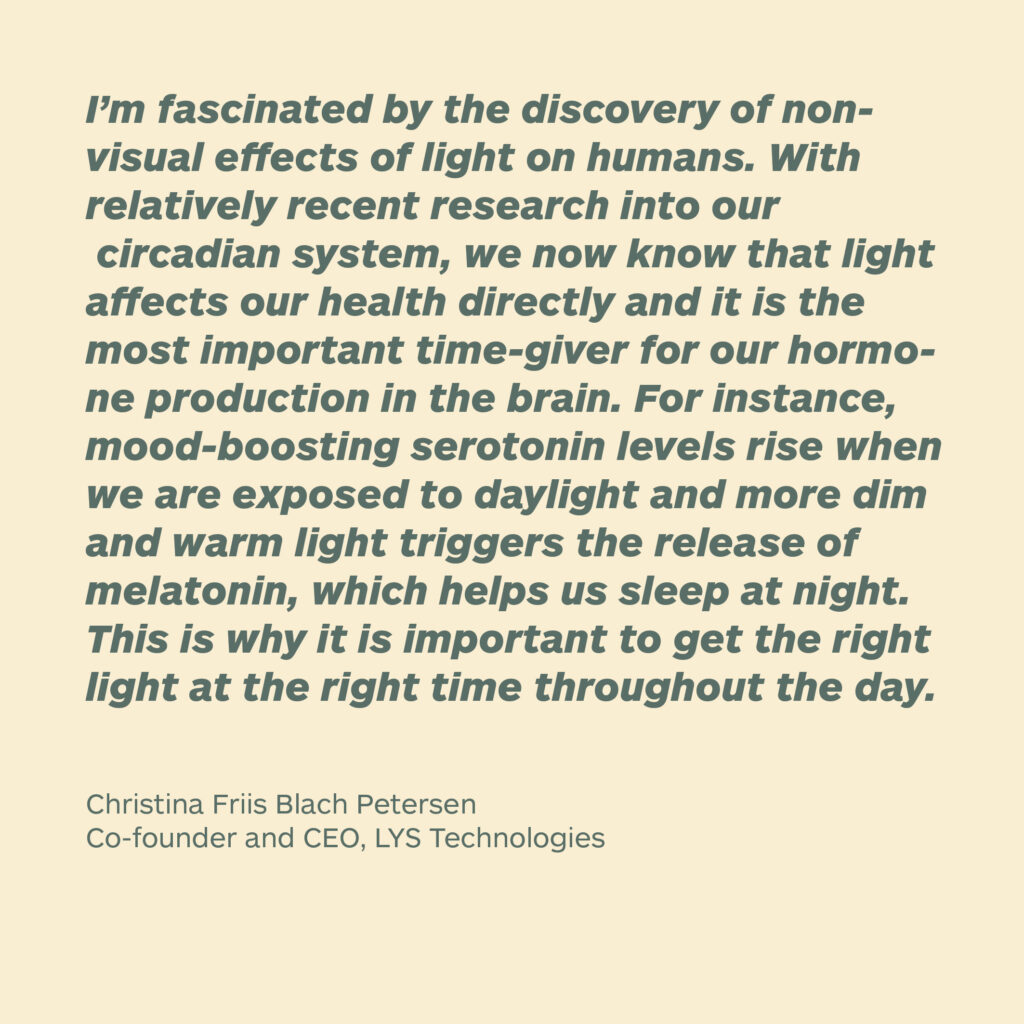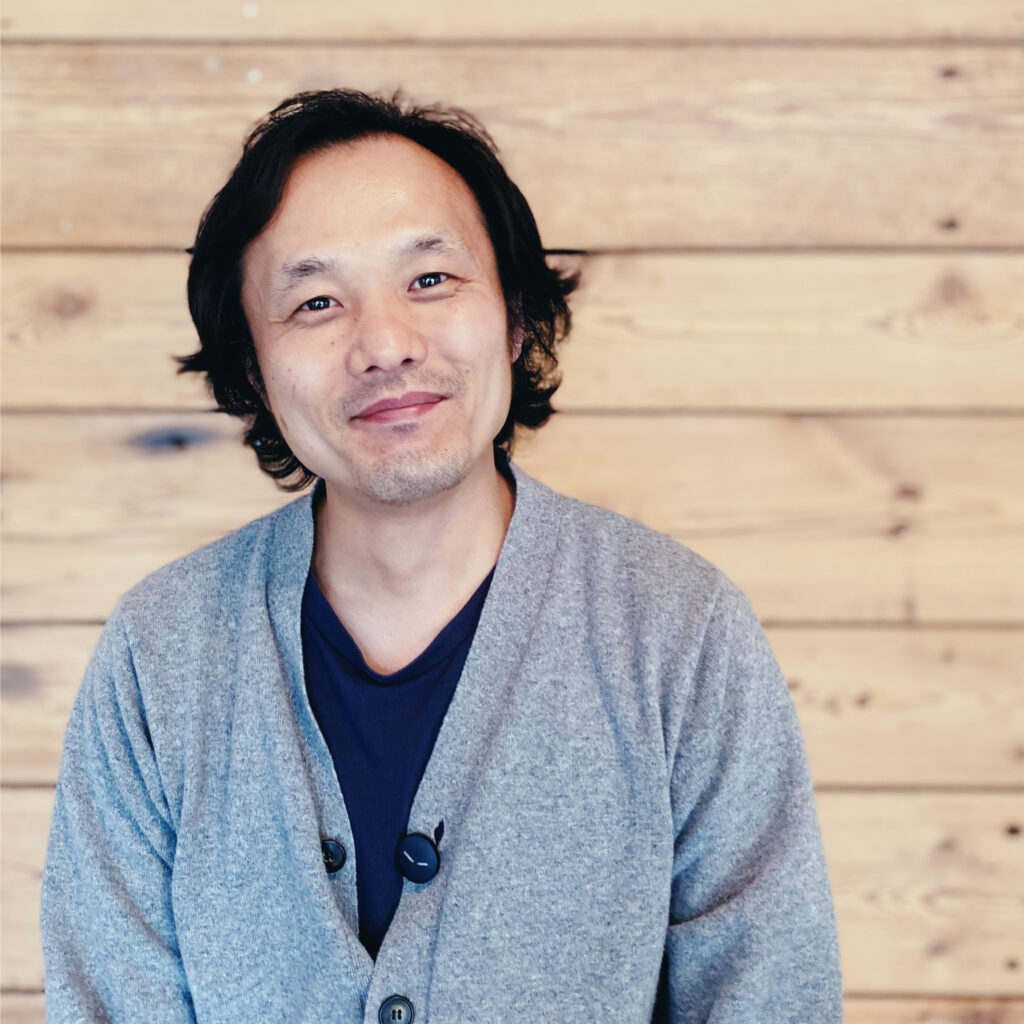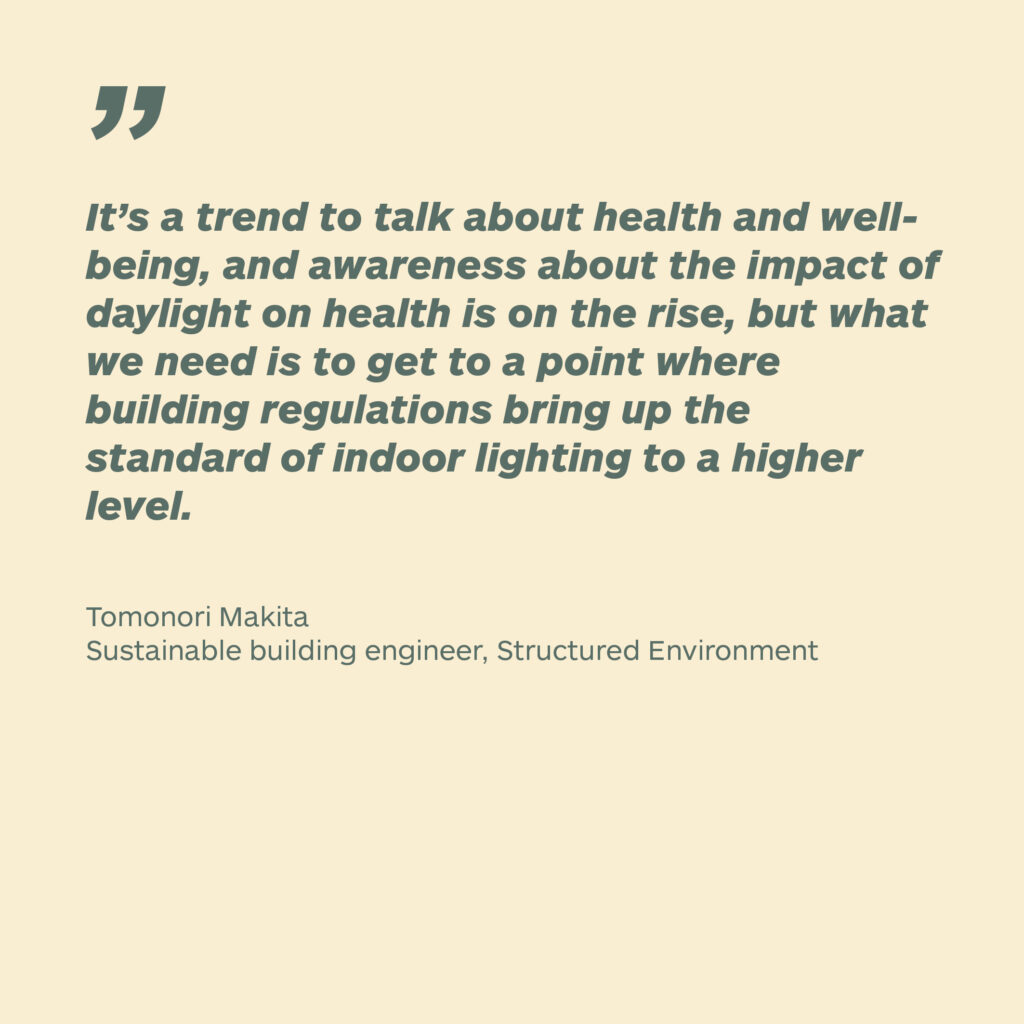Challenge owner
LYS Technologies
BLOXHUB Program
Urban Partnerships
Activity
Ideation Workshop
Completed
2021
Quotes
“Light is something we tend to take for granted, but over the course of the workshop, people’s mindset began to change, as they understood how vital healthy light really is. It was such a great pleasure to see how the workshop encouraged collaboration across different sectors and disciplines.”
Christina Friis Blach Petersen,
Co-founder and CEO, LYS Technologies
How do we promote healthy light within the setting of the factory, the office space and the home office respectively?
Did you know that in modern urban environments most of us spend more than 90% of our time in indoor environments with artificial and unhealthy lighting? Designers, architects, manufacturers and decision-makers all have a role to play when it comes to raising awareness about light’s impact on health and how to implement light sources in indoor work environments to improve alertness, productivity and well-being at work.
BLOXHUB’s Urban Partnerships team co-organized an interdisciplinary workshop with LYS Technologies to investigate the matter with the help of experts in design, architecture, engineering as well as product specialists and researchers.
The main reason why LYS Technologies decided to co-organize an Urban Partnerships workshop with BLOXHUB was to explore new cross-disciplinary approaches to healthy indoor lighting in the work environment and reach new audiences.
The challenge
The workshop participants were divided into three groups and asked to come up with ideas for promoting healthy light within the setting of the factory, the office space and the home office respectively and condense their three challenges into three different solutions concepts. The three challenges were:
- FACTORY
How can we utilize environments and conceptualize processes for factory workers to increase daylight exposure? - HOME OFFICE
Which ideas for the home office group, who have more flexibility, can contribute to an increased natural daylight exposure and better behavior at home? - OFFICE SPACE
Which ideas can increase the natural daylight access and exposure to better artificial light for the office space group?
“The combination between lectures and discussions in small groups makes for an inspiring and relaxed workshop atmosphere. I had a general understanding of the impact of light on health, but it was interesting to get more scientific data. As an engineer I often think about healthy work environments, but it was inspiring to hear different perspectives on the matter from university professors, managers, light experts and architects as well. That ensured a more holistic approach to the issue.”
Workshop participant: Tomonori Makita,
Sustainable Building Engineer, Structured Environment
Outcome
Commercial opportunity
Villum Fonden has a yearly call for funding applications on “daylight & fresh air”. This call was very relevant for the workshop topic and was promoted at the workshop.
Furthermore, all participants stated that they had met others at the workshop with whom there may be a basis for a future business collaboration.
Innovation capacity
The 3 challenges were unfolded and condensed into 3 different solution concepts:
- The Factory
The solution is to make 250 melanopic bulbs in all factories a standard imposed by unions who need to address the need based on data and latest research. - The Home Office
The solution, which will allow home workers to get more daylight during the day and more darkness during night, is to introduce the surburbia light darkness cycle. - The Office Space
The solution is to re-evaluate good daylight design and in the process take into consideration the controllability of systems, the behaviour of employees and the geometry of buildings.
Business network
Worskhop participants: ARUP, Harvard Medical School, Surrey University, Rigshospitalet, LYS Technologies, Zumtobel Group, Fagerhult Lighting Academy, Saint Gobain, Structured Environment, Danish Lighting Center (DCL), KHR Architects, Technical University of Denmark (DTU)



